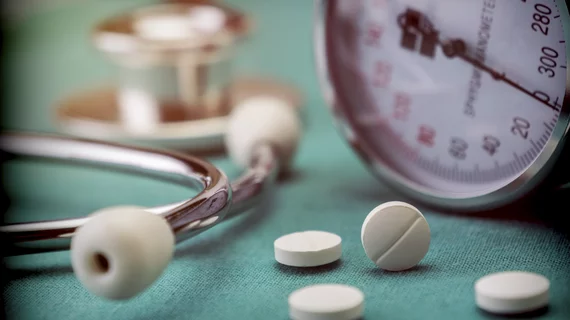11 ways faulty BP devices can make it to pharmacy shelves
Legal loopholes in the 510(k) clearance process mean countless faulty BP devices can make it to pharmacy shelves without proper testing, leading to confusion among consumers and healthcare providers alike, according to a news story from the American Medical Association.
Sara Berg, a senior news writer for the AMA, said it’s well-established that the global market is “flooded with BP devices that are either known to be inaccurate or are of unknown accuracy.” And that’s a big issue, considering that FDA-cleared devices are available both as clinical instruments and at-home self-measurement tools.
Berg identified 11 regulatory and validation problems that could be responsible for dangerous products ending up on the commercial market, including the fact that there’s no mandatory standard for BP device assessment in the U.S. and that validation testing before clearance isn’t required. She said device manufacturers tend to focus on safety, not accuracy, leading to inaccurate readings for different arm sizes and inconsistencies in the accuracy of routine measurements.
Berg also said the exact BP device used in many clinical studies isn’t specified—and, if researchers fail to meet their primary endpoint, they might not publish their findings at all.
“The assumption is that if the device is cleared by regulatory authorities and is commercially available, then it is accurate,” she wrote. “This isn’t the case for all devices. It leads to confusion about which BP device has acceptable accuracy and is appropriate to purchase.”
Read the full story below:

